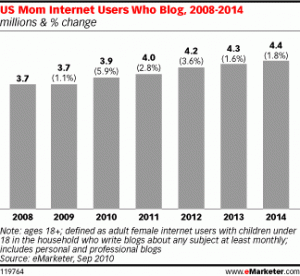Even though the holiday season is officially upon us, yesterday - as in true MARCOM fashion - Christmas carols were drowned out with brand chatter about the most miraculous advertising day on the calendar: Superbowl Sunday.
So, I figured I'd best attend to this season's communications efforts before they are fully eclipsed by New Year's resolutions, the big game, and, what's next - Valentine's Day?
Turning shopping and other Christmas related revelry into something akin to competitive sport, the Champ provides a light-hearted dig at the shopping obsessed, while encouraging us to follow suit.
This year's TV campaign looks suspiciously identical to last year's - a little bit of a let down, like leaving stale cookies for Santa. Still the call to action is clear, the message is relatively timeless, and still resonates.
1 MAN, 7 BILLION GIFTS
 Fans everywhere will be happy to find the bare-chested, white towel-clad Old Spice guy in their stockings this year.
Fans everywhere will be happy to find the bare-chested, white towel-clad Old Spice guy in their stockings this year.
The brand has brought Isaiah Mustafa back as MANta Claus - charged with the task of delivering a Christmas gift to each and every person on earth. That's about 7 billion gifts, in just 5 days.
Who needs Rudolf and a sleigh when you have the internet, and the magic of Marketing?
The campaign kicked off yesterday, December 5th, with a personalized gift to @beautyjunkies, followed by a gift of a Bear Deodorant Protector to 25 of Old Spice Guy's "closest internet friends, and, finally, even larger "group" gifts to the City of Baltimore, and the entire country of Australia.
If you weren't among OSG's 25 closest friends - no worries. Old Spice has made "limited quantities" of the deodorant protector available for sale via its Facebook page. For only $19.99 you can be living like a "close friend" of the Old Spice Guy!
As day two of the campaign is getting under way, the impact of yesterday's Facebook posts seem to be strong. The first posting - in reference to @beautyjunkies - garnered 2,261 Likes and 171 comments as of press time here. Subsequent postings received healthy likes and comments, but far lower than this level.
Lesson Learned - personal or customized posts have more resonance and inspire engagement more than group or generic postings. Even if the post is not directed to you specifically, it creates a "it could have been me" perception, thus encouraging us to engage with the brand more. This reminds me of the Wheat Thins tweet inspired TV campaign earlier this year.
SOMETHING TO BELIEVE IN
Perhaps my favorite campaign this season is for another retailer, one which has encouraged us to "believe" since 1858 - Macy's.
Whether it be Miracle on 34th Street, or Yes Virginia, There is a Santa Claus, Marketing Communications has been successful at declaring Macy's ground zero for holiday shopping. This year's television creative keeps that tradition going.
What I love about this commercial is that it is a pretty integrated approach. Advertising a PR campaign - the "cause marketing" of the Make a Wish Foundation - illustrates how the two MARCOM tools, when used together, are more powerful than on their own.
Also, it encourages kids to write letters to Santa and then DEMAND that they be taken to Macy's to deposit them. What a great call to action. Once in Macy's - well, the season takes over. You might as well shop!
FROM SPENDING TIME, TO SPENDING MONEY
The holiday season is spectacular for so many reasons. Friends, family, and fun. It's not surprising that brands want to tap into that, and to shift the enthusiasm from spending time, to spending money.
Target & Macy's are successful in their appeals to do that. Old Spice is a somewhat different campaign - less sales directed, and more about building relationships. If Old Spice knows its customers as well as it thinks it does, it will see continual payoff in high engagement through social media. Plus, it will sell out its bear deodorant protector - which I imagine will become the gag gift of the season, akin to the Snuggie of holidays past.
Happy Holidays from the BrandDR... Enjoy the ads!!
















